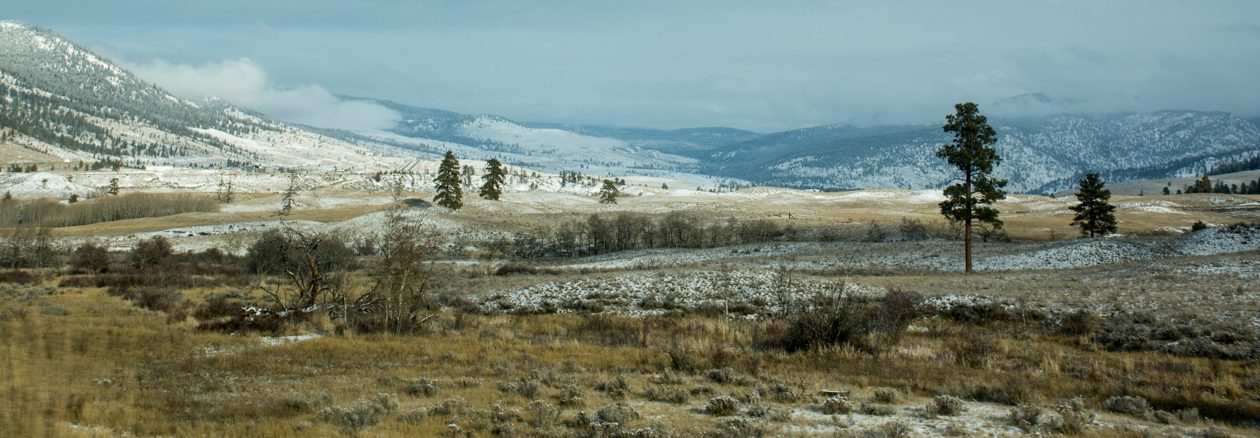I’ve been trying to catch up with my artists talks this weekend. Luckily the live broadcasts from 1854 Access have been recorded so that allows me some leeway.
Jason Koxvold is an American based photographer whose work focuses on representations of power, both economically and military. He stepped the audience through five of his projects explaining his motivation and intent and how the one project provided a natural segue to the next.
Everything and Nothing addresses the neoliberal economy in the world. Koxvold travelled to various destinations throughout the world visualizing places and moments which would rarely be seen by the viewer – the real places where the work of capitalism gets done. His work shows the birth and lifespan of various corporate interests. He was interested in how humans interact with this and how human rituals and rights correspond to the unchecked economic expansion. His final photograph of a tyre graveyard in the Kuwaiti desert triggered the start of his following project, Theatre of War.
Koxvold managed to get himself embedded in Afghanistan at a military base and he found that this is where mythology and reality collide. He discovered that a neo-conservative manifesto was using the war to clear a path for economic progress. The point was not to make peace, but to make a ware that would continue to make money for all the people involved in it. He investigated training camps in California where realities are constructed to mimic conditions in the Middle East where US soldiers are trained, the power from a naval perspective from the decks of an aircraft carrier, the drone base at Creech and was made aware throughout this project of the adherence to secrecy. Much of this work has not been published yet.
His following project, Knives, dealt with matters in rural America and how culture can become so distorted. He documented the realities of the community after the closure of the Schrade knife factory in Ellenville, NY alongside a taxonomy presentation of knives that had been made by the factory. The knife factory had been the biggest employer in the town, second only to the maximum security prison, also located there. When it was sold and all jobs outsourced to China, the community suffered much hardships. Although the narrative is bleak, Koxvold says he always try to incorporate some kind of beauty or contrast in his work to counteract it. Ellenville is representative of the emptying out of the US industrial landscape to China, Vietnam, Mexico and other places where labour is cheap. He tried to incorporate ideas of self harm/self destruction in his images.
Springing from this body of work was Y.W.R.A.A. (You were right all along), which is a limited edition of only 25 copies, which have all been sold. The book project is rather interesting. Using dot matrix printer paper the phrase you were right all along was programmed and other images and text were rendered as a single ASCII file printed on a continuous sheet of perforated paper, which was then Japanese bound. Various fold out photographs and archival material were stuck over some of the pages. Much of the text is comments that Koxvold found on chat boards about knives and alludes to various sub-cultures.
The final body of work he discussed was Calle Tredici Martiri (Alley of the Thirteen Martyrs), which reference his grandfather’s memoirs. The body of work takes the form of a fictional reinterpretation of his grandfather’s campaign against the Nazi occupation in Italy. The project is very personal and similar to Paul Wenham-Clarke’s method, Koxvold went to the locations mentioned in his grandfather’s memoirs and photographed them, using those photographs alongside archival imagery. He also staged photos and recreated characters from the memoirs using different people to represent his mother, grandfather and soldiers.
Koxvold was inspired by the work of Edmund Clark who photographs the unseen. I took a quick look at Clark’s work and see that he links history, politics and representation so I’ll put him on my to do list.
When asked in the Q&A session what draws Koxvold to books as his chosen form of presentation, he replied that he finds the sequencing very invigorating. In Calle Tredici Martiri he makes no claim to objective truth. It was staged next to the original, giving it a new narrative. He takes the view that all is media, not necessarily documentary. His work is on the edge of fiction and reality. And finally something to remember: A bad sequence is just images. A good sequence is transformative.
Bibliography
Clark, E. (s.d.) Biography & Contact — Edmund Clark. At: https://www.edmundclark.com/biography/ (Accessed 05/07/2020).
In Conversation with Jason Koxvold (2020) Directed by 1854 Access. [Online Video] At: https://access.bjpsubs.com/member/1854-presents-jason-koxvold-live-members/ (Accessed 05/07/2020).
Koxvold, J. (s.d.) Jason Koxvold. At: https://koxvold.com/ (Accessed 05/07/2020).

4 thoughts on “In Conversation with Jason Koxvold”